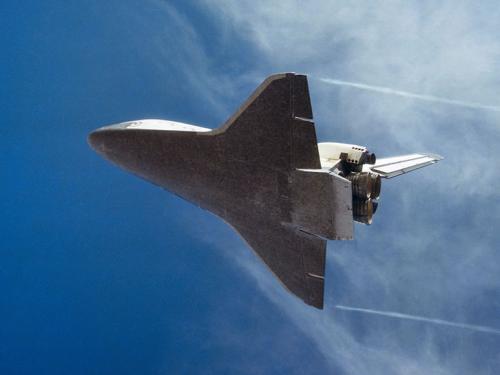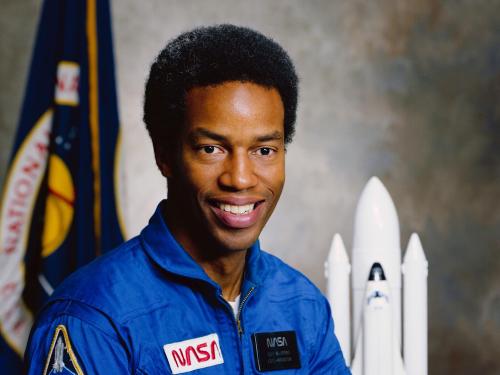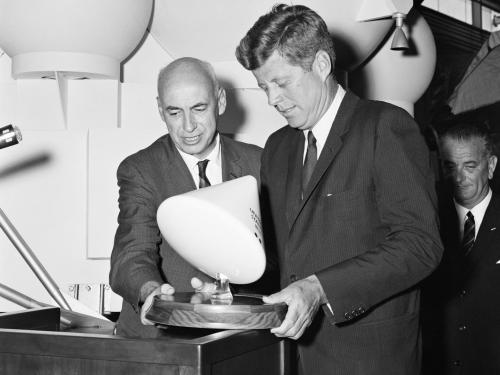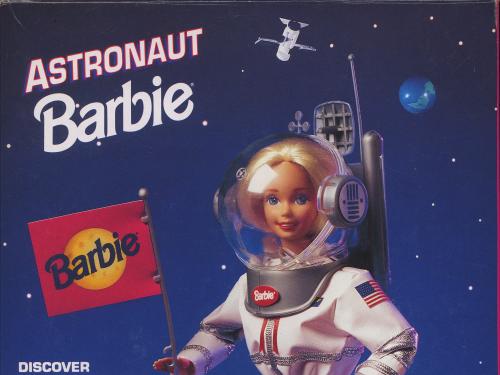
Stories of daring, stories of technological feats, stories of prevailing against the odds ... these are the stories we tell at the National Air and Space Museum. Dive in to the stories below to discover, learn, and be inspired.
Showing 21 - 30 of 288

December 20, 2023
Cathleen S. Lewis, a curator in the space history department at the National Air and Space Museum, has written Cosmonaut: A Cultural History, which documents the complicated past of Soviet and Russian human space exploration.

November 13, 2023
Frank Borman was one of the great explorers of the 20th century. As commander of Apollo 8, he was one of the first three humans to leave low Earth orbit, travel into deep space, and orbit the Moon. Yet exploring space was not his dream. An Air Force officer, patriot, and ardent Cold Warrior, he wanted to beat the Soviet Union in the Moon race and played a central role in making that happen.

November 09, 2023
Space is dangerous. And as long as we've been sending people into space, we've also been thinking about what we can do to make sure they're prepared for it, and make sure they will come home again.

October 13, 2023
As a physicist, engineer, entrepreneur, and astronaut, Franklin Chang-Díaz has made significant contributions to space exploration. Born in San José, Costa Rica, he developed a passion for science and space at an early age. He moved to the United States to continue his education and achieve his dream of becoming an astronaut and in 1980, NASA selected Chang-Díaz as an astronaut candidate, making him the first Latin American immigrant to become a NASA astronaut.

September 20, 2023
These companies are taking a faster, cheaper approach to landing on the moon

September 20, 2023
A new book by NASA astronaut Tom Jones shares intriguing stories about the agency’s longest-running space exploration program

August 30, 2023
Dr. Guy Bluford launched on the STS-8 mission on August 30, 1983, becoming the first Black American in space. Bluford served as a mission specialist and his jobs were to deploy an Indian communications-weather satellite, perform biomedical experiments, and test the orbiter’s 50-foot robotic arm.

August 23, 2023
In 1961, President John Kennedy called on the nation to send a man to the Moon. In 1969, the United States did just that. Today, many are familiar with the story of Neil Armstrong’s first few steps on the Moon (cue the “That’s one small step...” quote), but have you ever questioned why we invested so much time, effort, and national attention in getting there?

August 15, 2023
After the competitive short-term goals of human spaceflight had been met in the 1960s, many advocates of space exploration envisioned a permanent human presence in space.

July 18, 2023
There is perhaps no résumé in existence quite as long as Barbie’s. One of her oldest and arguably most iconic careers is as an astronaut. Let's take a look through some of her most iconic space looks, spanning 1965 to today.